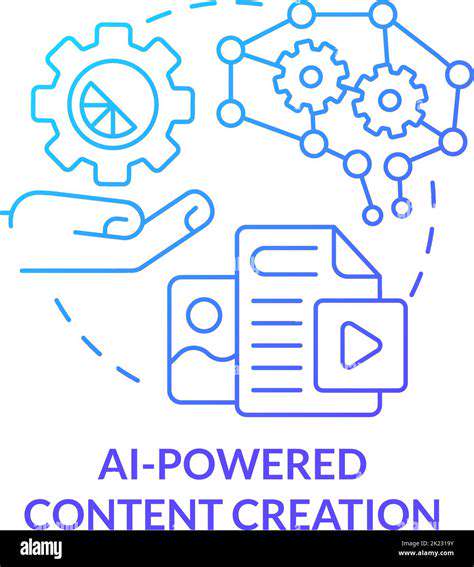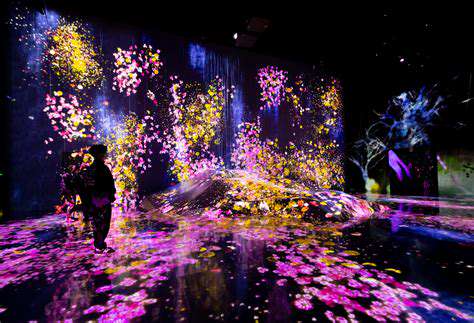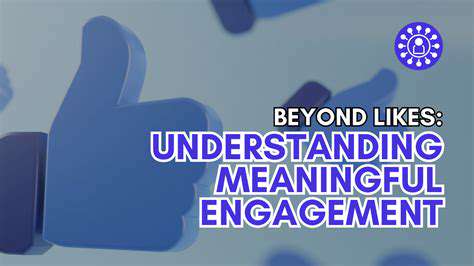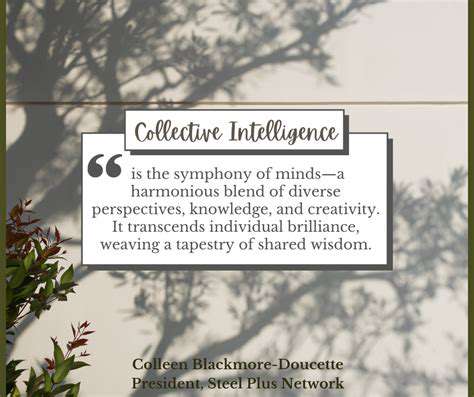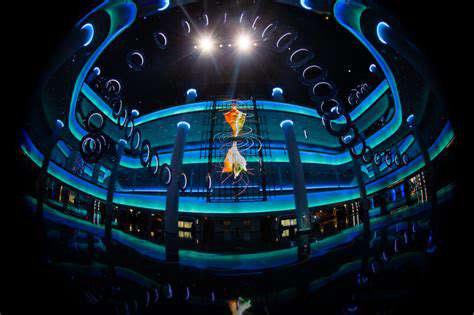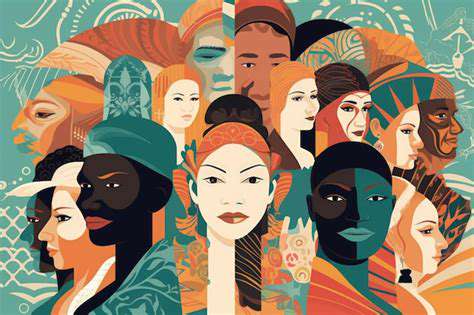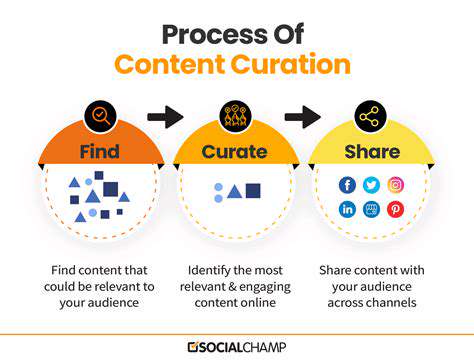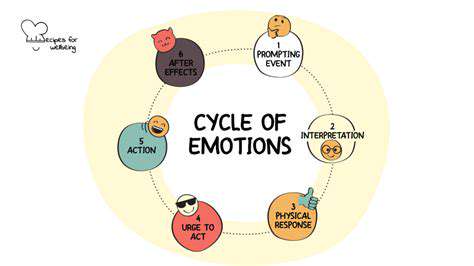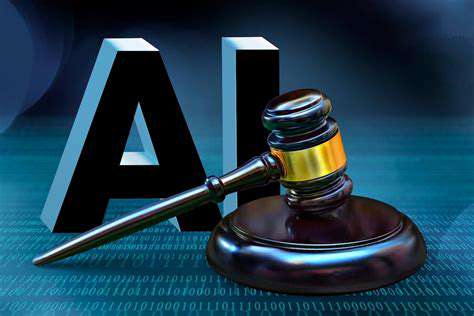The Democratization of Content: User Driven Media's Impact
Armed with smartphones and social media, everyday citizens have become frontline reporters. This isn't about replacing professional journalists, but rather about complementing traditional coverage with raw, immediate perspectives from the ground. When disasters strike or protests erupt, these amateur correspondents often provide the first visuals and accounts before news crews arrive.
The value lies in the unfiltered nature of these reports - though they lack polish, they offer authenticity that can be missing from processed media narratives. During emergencies, this real-time sharing can literally save lives by alerting communities faster than official channels.
Challenges and Opportunities
This democratization comes with significant growing pains. With everyone potentially acting as a source, distinguishing truth from fiction becomes increasingly difficult. The same tools that amplify important voices can also spread rumors at lightning speed. Critical thinking skills have never been more essential for both creators and consumers of citizen-generated content.
Ethical Considerations and Responsibilities
Posting without verification can have serious consequences. While traditional journalists follow strict ethical codes, citizen reporters often operate without such frameworks. Basic principles like fact-checking, avoiding sensationalism, and respecting privacy shouldn't be optional - they're the foundation of trustworthy reporting, regardless of who's doing it.
The Future of Media: A Collaborative Model
The most promising path forward involves partnerships between professionals and citizen contributors. News organizations can vet and amplify valuable grassroots reporting while providing training and ethical guidance. This hybrid approach could combine the speed and diversity of citizen journalism with the rigor and context provided by professionals, potentially creating more comprehensive coverage than either could achieve alone.
The Impact on News and Information Consumption

The Erosion of Trust in Traditional Media
Social platforms have fundamentally altered how people encounter news. As audiences fragment across countless sources, many have grown skeptical of institutional media, seeing it as either out of touch or politically biased. This skepticism isn't entirely unfounded - the 24-hour news cycle and corporate ownership have sometimes prioritized speed and profits over accuracy.
The real crisis isn't just fake news, but the growing inability to agree on basic facts. When every outlet spins stories differently and algorithms push extreme content, finding neutral ground becomes increasingly difficult.
The Rise of Citizen Journalism
Smartphones have turned bystanders into documentarians. During police encounters, natural disasters, or community events, these unofficial reports often capture angles that professionals miss. They provide raw documentation of events as they actually occur, without production polish or editorial filters.
Yet this strength is also its greatest weakness - without training, citizen journalists may unintentionally distort events through selective framing or lack of context. The emotional impact of witnessing events firsthand can also color reporting.
The Shifting Landscape of News Consumption
Modern news consumption resembles drinking from a firehose. With endless scrolling and push notifications, people often encounter information stripped of necessary context. Headlines get shared before articles are read, and complex issues get reduced to viral soundbites.
The pressure to stay constantly updated creates a paradox - we have more information than ever, yet often understand less. Developing the discipline to pause and verify before sharing is becoming an essential digital literacy skill.
The Impact on Journalism and News Organizations
Traditional outlets face existential challenges. Advertising revenues have plummeted as tech companies capture attention, forcing painful cuts to investigative teams. The remaining journalists must do more with less, often prioritizing quick-turn stories over deep reporting.
Quality journalism remains indispensable - someone needs to connect dots, provide context, and hold power accountable. The solution may lie in developing sustainable models that value reporting as a public good rather than just content to monetize.
Challenges and Considerations: Credibility, Misinformation, and Bias
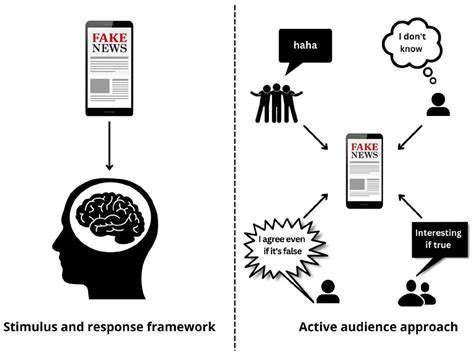
Defining Credibility
Trust isn't given - it's earned through consistent demonstration of expertise and integrity. Credibility comes from showing your work - transparent sourcing, admitting uncertainties, and correcting errors promptly. Online audiences have become adept at spotting inauthenticity, so humility and honesty matter more than ever.
Research and Fact-Checking
In an era of deepfakes and AI-generated content, verification skills are paramount. The most credible creators distinguish themselves by going beyond surface-level information, consulting primary sources and subject matter experts. They understand that sharing unverified claims can do real harm, no matter how compelling the narrative.
Maintaining Objectivity
True objectivity may be impossible, but fairness is achievable. The best approach acknowledges inherent biases while striving to represent multiple perspectives accurately. This means avoiding loaded language, presenting counterarguments fairly, and distinguishing clearly between reporting and commentary.
Audience Engagement and Feedback
Credibility grows through dialogue, not monologue. Responding thoughtfully to audience questions and critiques demonstrates accountability. When knowledgeable community members spot issues or gaps, addressing them promptly strengthens trust more than pretending to be infallible.
Ethical Considerations
Shortcuts might boost engagement temporarily but damage reputation permanently. Plagiarism and deception are career-ending mistakes in the digital age, where audiences and algorithms remember. Ethical creators understand that their most valuable asset is their audience's trust, which takes years to build and seconds to lose.
Adapting to Evolving Standards
The rules of credibility keep changing as technology evolves. What passed as acceptable five years ago might now appear manipulative or deceptive. Staying credible means continuously updating practices - whether learning new verification techniques for AI content or understanding shifting expectations around transparency.
